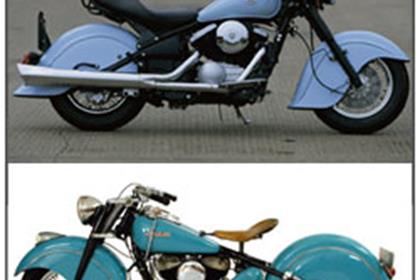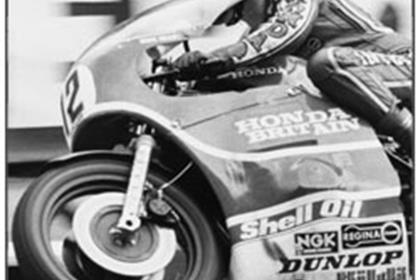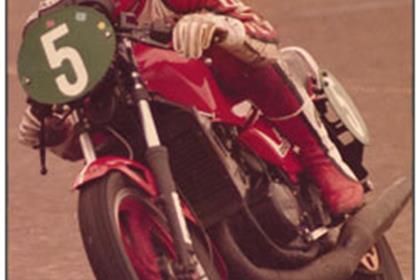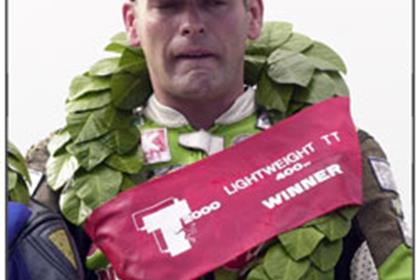The 10 greatest scams, cheats and hoaxes in motorcycling - part 1
The history of motorcycling is littered with shady dealings…
These are our favourites:
|
10 – Kawasaki drifts a bit too close |
|
9 – 600 wins 400 TT |
|
8 – The all-conquering LC |
|
7 – Revenge by big-bore |
|
6 – Honda fills its boots
|
Click here for the greatest scams, cheats and hoaxes part 2 >>












